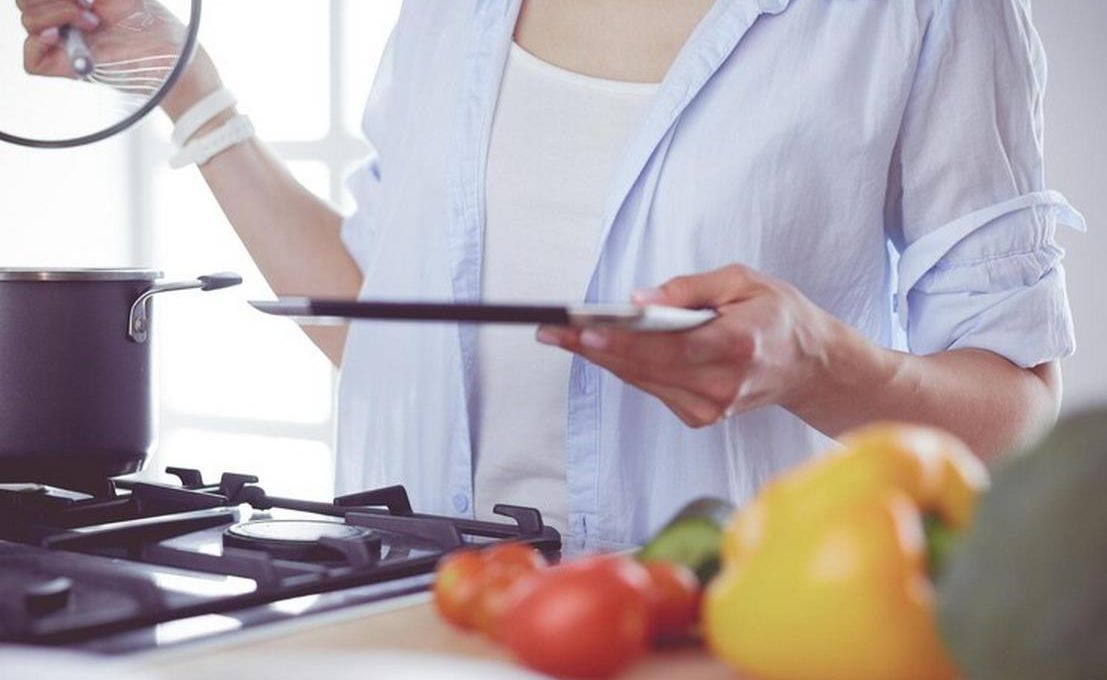If you’re wondering how much to cook salmon, you’ve come to the right place. Here’s a quick guide to salmon cooking. You’ll learn how long to cook salmon at 425 degrees Fahrenheit, how to check doneness, and how to salt it properly. After reading the article, you’ll have no problem preparing delicious salmon at home. And if you’re in a hurry, here’s a great recipe that will save you time and money.
How long to bake salmon at 425 degrees Fahrenheit
If you’re wondering how long to bake salmon at 425 degrees, don’t worry – you can do it! There are general guidelines for cooking salmon, and you should keep in mind the thickness and size of the fish before setting the timer. A little bit of knowledge about salmon cooking will go a long way! Here’s how to bake salmon at 425 degrees – and enjoy delicious baked salmon every time!
While the cooking time for salmon is pretty similar regardless of temperature, it’s important to monitor the salmon closely to prevent it from drying out or becoming rubbery. For best results, stop cooking the fish when the inside is done and let it sit for at least 5 minutes before serving. A properly cooked salmon will be juicy and flaky, but it’s a good idea to avoid overcooking.
When baking salmon, use high-quality ingredients to enhance the flavor and texture of the dish. To ensure a perfect baked salmon, bake it for at least 20 minutes. The temperature will seal in moisture and bring out the salmon’s natural flavors. If the salmon is undercooked, rest it for another three to five minutes before serving. And if you want to ensure the best possible taste and texture, make sure to follow the steps listed above.
If you don’t have an oven, you can simply use a pan to cook your salmon. This method will prevent it from drying out, but only if your fillets are small. Large fillets will likely turn out undercooked in the middle. If you’re not sure how to bake salmon at 425 degrees Fahrenheit, consider using melted butter instead of olive oil. A little bit of paprika or ground cumin will do the trick.
If you prefer the skin side down, the best way to bake salmon is by using parchment paper. Depending on the thickness of your salmon, you should bake it for 10 to 15 minutes at 425 degrees Fahrenheit. During this time, check whether your salmon is cooked to perfection. When done, you can serve it with whatever side dish you choose. And remember that if you have leftovers, you can freeze them for up to five days!
Checking doneness of salmon
The first step to cooking a delicious salmon dish is to ensure that the fish is cooked through. Cooked salmon will turn opaque or pink and become soft and flaky. It should also have a slightly pink color and be translucent. When a salmon fillet is done, it will be opaque on the outside, but still moist on the inside. To check the doneness of salmon, use a knife to test the thickness of the flesh.
You can use a cake tester or a butter knife to check the doneness of salmon. Simply insert the tester into the flesh and hold it for about three seconds. If the fish is still undercooked, it will need longer to finish cooking. Alternatively, you can use the thickness of the fillet or steak to estimate the cooking time. If the fillet or steak is too thin, it may need more time to cook.
The next step to cooking salmon is to check the doneness. Place the salmon in a skillet over high heat and season with salt and pepper. Place the fillet skin-side down and cook until the flesh easily flakes. If you are using a thermometer, make sure it reaches 120 degrees Fahrenheit. If it doesn’t reach this temperature, the salmon is not cooked. Checking doneness is essential in ensuring your salmon is perfectly cooked.
The simplest way to check the doneness of salmon is to use a meat thermometer. Insert the probe into the thickest part of the fillet. A salmon that is cooked at a temperature between 110 degrees Fahrenheit and 140 degrees Fahrenheit will be flaky and moist, but not undercooked. The meat should be cooked to the correct temperature to avoid foodborne illnesses and to ensure it is moist and flaky.
As long as you have an accurate thermometer, cooking salmon should be easy. As long as the salmon is flaky and light pink in color, it is cooked. Practice makes perfect, and the thermometer will help you to achieve the right cooking temperature for salmon. It is also a good idea to invest in an instant-read meat thermometer to help you in this process. This tool can be used to check the doneness of salmon and other seafood before serving.
Salting salmon before baking
If you like the taste of salty fish, you can add it to your salmon before baking. The salt acts as a natural barrier to keep flavor and moisture from escaping. Leaving a salt crust on your fish forces moisture to remain in the fish, creating unique flavors. Salt also helps the salmon cook faster, making it easier to prepare. For the best results, use a high-quality salt. Salt contains about 2% sodium.
You can test whether salmon is cooked through by pushing a thermometer through the salt crust. When it reaches 145 degrees Fahrenheit, it’s ready. If the skin is too crispy, the fish is overcooked, so check regularly to make sure it is done. Another way to test whether salmon is cooked is to use a fork. The flesh should be opaque and flaky when tested. Once you’re satisfied with the texture, you can serve the salmon right away.
Before baking your salmon, make sure it is fully prepared. First, prepare the marinade. The salmon fillet should be marinated with sake for 10 minutes. Then, lightly salt the salmon and place it in an airtight container for 24 hours. Flip it over every 12 hours to ensure the salmon cooks evenly and with a crispy skin. Then, place the salmon in the refrigerator. Once the salmon is completely ready, remove it from the refrigerator and serve it immediately.
You should not salt the salmon more than 15 minutes before baking or frying. Salting the fish too early can cause it to dry out. Also, when you salt salmon before baking, you should avoid using a heavy marinade or rub. You should use light seasoning such as a small amount of salt on the surface and a light glaze or citrus juice on top. This will make your salmon look even more delicious and give it a great taste.
Once the salmon is ready, remove the fins and score the skin. Sprinkle the salt mixture on both sides of the fish. Sprinkle dill and lemon slices on the salmon and cover it with the mixture. After that, you can place it in the oven. Salting the salmon before baking will help keep the fish moist, tender, and firm. And the best part is, the salt will permeate the fish and give it a great shine.
Broiling salmon
When learning how to broil salmon, make sure to use aluminum foil. This is a must if you want the fish to cook evenly. Once the aluminum foil is pliable, lay the salmon on the pan and season generously. Broiled fish cooks quickly and is best served when the thickest part flakes easily with a fork. To cook the best salmon, use a high-quality broiler pan.
To prepare broiled salmon, simply lightly coat fresh salmon with olive oil, salt, pepper, and garlic powder, then broil for about ten minutes. This recipe is a simple, healthy, and quick dinner. It is the perfect choice for a weeknight, date-night, or family dinner. You can also use your favorite fish seasoning. This simple recipe is a great way to prepare your favorite fish in no time.
Broiling is a great way to cook fish, because it uses high heat from above, creating a textured crust and cooking the meat inside without burning. This method is particularly useful when cooking thin pieces of meat, or when you want to use cheese on top of a cooked dish. It also unlocks the natural flavor of salmon by caramelizing its sugars and amino acids. The results are delicious and moist. There are many other great reasons to broil your favorite fish, and if you don’t want to use a pan or grill, broiling may be the way to go.
Using a sheet pan is also a good option, as the sides will allow better air circulation. Unlike baking salmon on a standard cookie sheet, the skin of salmon will stick to the foil, making it easier to remove. The temperature of the oven should be high enough to cook the salmon thoroughly, so you don’t want the salmon to burn. While cooking salmon, remember to keep the oven door closed so that the heat doesn’t rise too much.
When broiled correctly, the salmon will remain moist for at least 8 minutes. Once it reaches a medium-rare or well-done temperature, remove it from the oven and rest for a few minutes before serving. You can experiment with different ways to cook salmon, but this fool-proof method is a great start. You may even want to experiment with new flavors! Once you master the art of broiling salmon, you’ll be a pro at it in no time!
Podobne tematy




